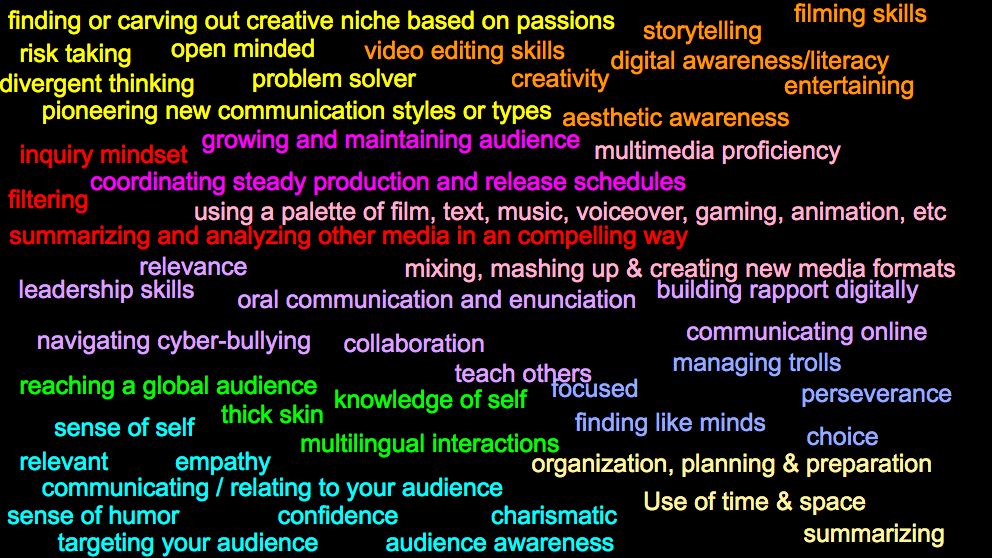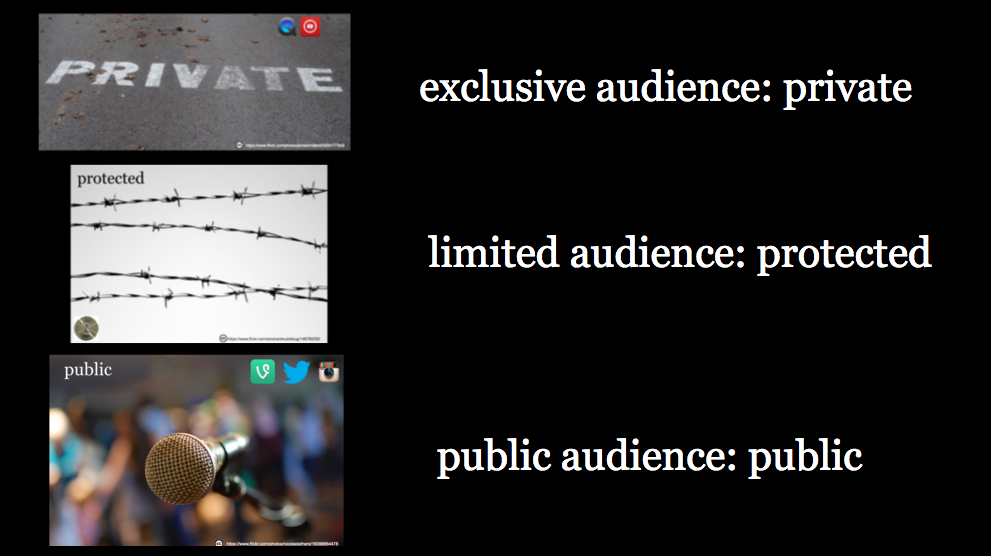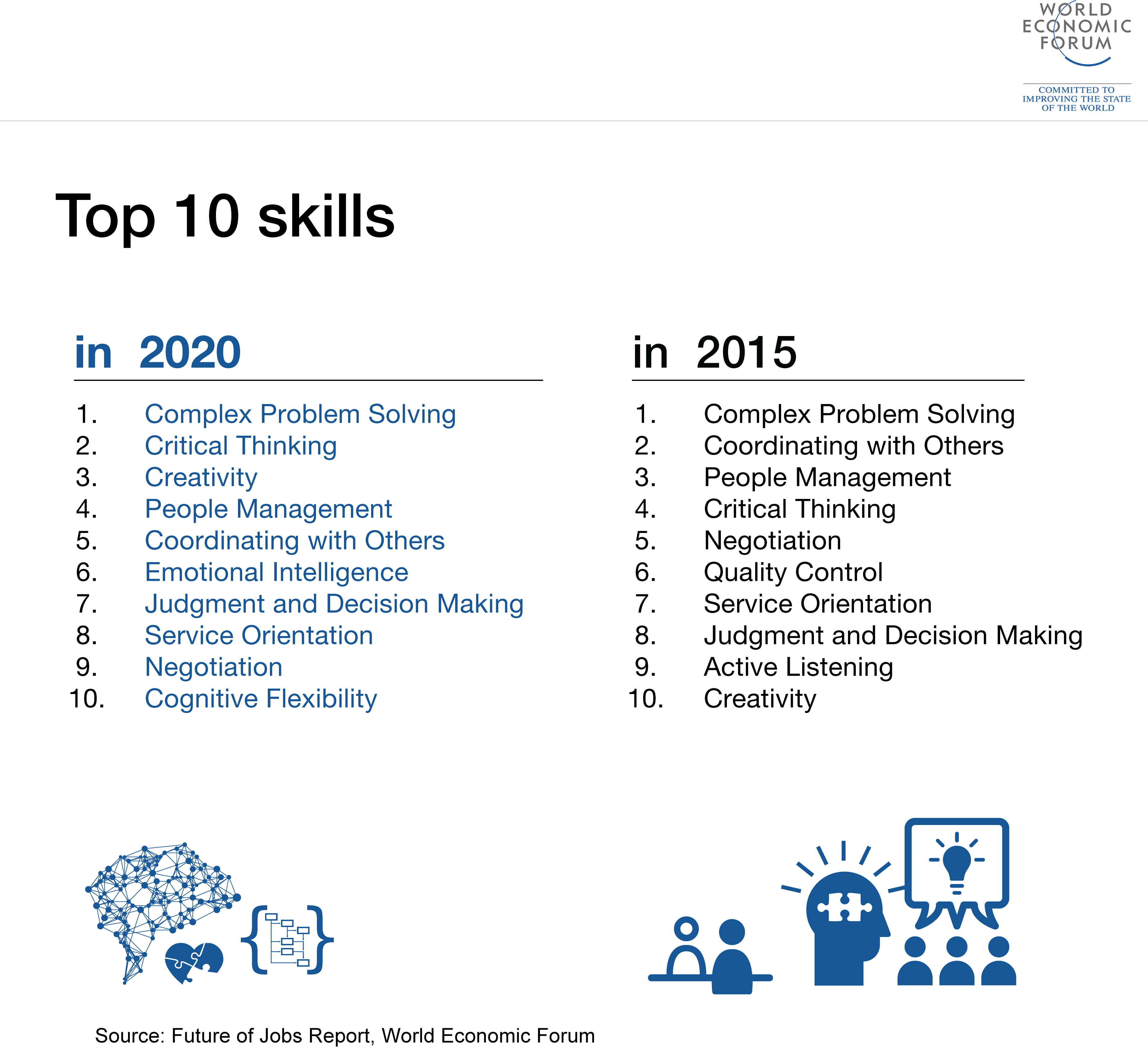I love YouTube. I bet you do too. I love being able to learn what I want to learn, when I want to learn and actually getting to see someone teaching the skill (instead of just having to read about it). So why are so many teachers (and parents) reluctant to let children spend time watching YouTube videos?
For some reason we think watching is not the same as learning, and that kids are just zoning out watching endless hours of garbage. And I’m not saying that never happens, but I do think there’s lots of learning going on too.
Social Sharing Spaces are Learning Spaces Too
A few weeks ago, I had the pleasure of keynoting the Vietnam Tech Conference in Hanoi. I wanted to make sure my presentation was about the need for adults to value social sharing spaces, the skills that we can learn by being consumers, and perhaps even more importantly as the skills we can learn being producers. It was kind of an extended version of my Learning2 Talk from L2 Asia 2015:
As much as I love doing the L2Talks, that five-minute limit is a tough one for me (although a very good challenge)! So, I was super excited to have a whole hour to really expand on my thinking from this mini-talk to an extended keynote:
To get the conversation in my keynote started (and in our last NIST parent session where I we also talked about this topic) I asked, “how many of you have learned something on YouTube recently?” Always at least 75% of the hands in the room go up – everything from how to fix a toilet, to learning specific recipes, to skateboarding tricks. We’re all learning by watching. But we rarely think about all the skills, habits and dispositions we are building when we learn through YouTube.
Here’s a perfect example:
Watching this girl describe her learning process is so inspiring. When we look for the skills, habits and dispositions she’s demonstrating we see things like persistence, focus, perseverance, attention to detail, risk taking, ownership, passion, creativity, enthusiasm, the list goes on and on. I think we can all agree that these are skills that we want our students to develop.
But, what I think is so interesting about this video is the language she uses to describe her learning process. She talks about “looking up random stuff”, watching “millions” of videos, and, as Tosca pointed out last week, being in her “la la land.” As a parent, and quite possibly as a teacher, it might be hard for us to recognize the value of all the time she’s spending online if this is how she describes what she’s doing. We have to remember that she may not yet have the actual vocabulary to describe the purpose and focus in her research, but that doesn’t mean what she’s doing is a waste of time.
And to be honest, if she’s learning all that just by consuming media content, what could she learn by being a content creator?
Consumer + Producer = Prosumer
It was 2008 when I first heard (well, read) Steve Hargadon talk (write) about the term “pro-sumer” and I’ve been using it ever since (thanks Steve!). But it hasn’t been until the past few years that I’m starting to see teachers and parents really “get” this idea – the idea that our students are not only content consumers, but also content creators. And in being creators, they learn a ton.
To give a bit of a “real world” framework to the learning that happens when you create purposeful content for an authentic audience, I had a look at some YouTube celebrities. And to be honest, I had no idea there were YouTube celebrities until a few years ago when I was back in my home town for the summer, doing some shopping at the local mall (Danbury Fair Mall – shout out to my CT peeps!), when the mall was quite literally overrun with young screaming girls. It turns out Bethany Motta was there for some Debbi Gibson style promo work for YouTube.
If you don’t know Bethany, don’t worry, I didn’t know who she was either. Until I looked her up, started seeing her on YouTube commercials while watching Hulu and on TV at home, and realized that she is one of many YouTube stars who started by sharing seemingly inane things and are now rather successful. Along with Bethany, I learned about Michelle Phan, Rosanna Ponsino, Zach King and Jérôme Jarre. There are plenty more -when I discussed this with students, they also always, always, talk about Pewdiepie – but these were the ones I liked.
And of course it’s not just adults finding success in these spaces, there are kids, usually with the support of their parents (which I love) doing the same thing. The ones that I looked closely at were EvanTubeHD, jdviolinboy, Jack and Jack and EthanGamerTV.
Side note: these all happen to be YouTube examples, but you see the same evolution in other social media sharing spaces: instagram stars, snapchat stars, and I’m guessing there are periscope stars now too…
It’s not all fun and games
So, I did a bit of research, watched the videos, shared them with teachers and talked about them. And we realized that these content producers were learning quite a bit, here’s a summary from my keynote:

And when you connect these skills with those that current research is showing to be the future of work, for example the Institute for the Future: Future Work Skills 2020 report, there’s quite a lot of overlap:

Let’s look at EvanTubeHD a little closer (you can see screenshots in my slideshow above) – he’s learning all sorts of things by creating YouTube videos:
Build Community
Evan has 2,678,046 followers as I write this post. He started with none. How did he get there? He had to build a community around his ideas and passions that he was sharing. Most likely he had to engage with his audience to see which ideas were interesting to them, potentially seek their advice for which videos they wanted to be made. He had to comment and interact with them to connect with them on a personal level. He had to continue to share his passions and bits of his personality so they could get to know him. In short, he made a lot of friends on a massive, global scale.
Creativity, Persistence, Idea Generation, Novelty
Evan has over 500 videos. How can he create 500 different versions of essentially the same video (this is a toy, I love this toy). Yes, the topic, toys, is the same for all of his videos, but he can’t make exactly the same video every time, and as he creates new videos he has to continue to refine and develop his technique as the expectations of his audience are raised based on previous work.
Resilience, Emotional Intelligence
An average EvanTubeHD video has thousands of comments. I’m going to go out on a limb here and say that perhaps all of those comments aren’t a) in teacher speak, b) supportive, c) nice. I don’t know if Evan’s dad previews every comment before he shows Evan, but I’m pretty sure even if he does some not-so-nice examples have snuck through.
At the very basic level, everyone can see the thumbs up and down on each video 4,209 thumbs up and 308 thumbs down. I don’t know about you, but as soon as I see that, I would completely ignore the 4000 positive voices and wonder what those 300 people wanted from me. Evan has to deal with this on an everyday basis. He has to read it, process it, perhaps apply some of the ideas, and then bounce back. When in schools do we even come close to this kind of authentic feedback?
Judgement, Decision Making
Along the lines of resilience and emotional intelligence above, Evan has to decide if he’s going to respond to comments, or if he’s going to listen to and apply the feedback he receives. He has to understand the dynamics of YouTube comments, and communicating with people he doesn’t know, from potentially very different backgrounds or with very different motives. He has to make good choices so that he grows his community, rather than alienate people.
Partnerships, Negotiation, Collaboration
Lots of YouTubers, including Evan, partner with other creators or companies. Evan does some work with Nintendo. Evan is 9 and he’s learning how to negotiate with Nintendo – for his own branded product that he releases about his interests into his audience of over 2 million subscribers.
Connection
And he’s doing it all through that tiny little camera in your laptop lid….
Learning Our Critical Skills in Their Social Spaces
In fact, because he (and lots of others) are sharing their passion, with an authentic audience, in a space that is engaging and interesting to them, they’re learning so many critical skills for their future – skills that, for example, the World Economic Forum says are among the top 10 for 2020.
These are exactly the same kinds of skills we want to teach (and parents want their children to learn). Yet, intentionally or unintentionally, we often end up build a walls between their world and ours.
Why are we not empowering students to be prosumers?
In many cases we are worried – worried about their safety in online spaces, about how we can use these tools and still meet learning outcomes, about expectations from parents or admin about how we teach our classes. In others, we may not value those spaces as valid learning opportunities, perhaps because we don’t use them ourselves or our perception of what students are doing is a “waste of time” and that students should put the device down and go outside.
Those are all valid concerns, and I think we have lots of ways (both public and private) that we can teach these skills that include the safe, responsible and respectful use of social sharing tools in an academic setting.
Because even though I love those fun creative ways all my example YouTubers up above are sharing their passions, I would like to see our students building an audience around ideas that will positively impact the world around them, like Martha, or Raymond or Boyan, or the other kids I read about all the time that are doing amazing things – all outside of the classroom setting.
3 Levels of Sharing
We can apply many of the social learning experiences in a school setting by looking at our sharing and privacy levels:

We can do pretty much anything we need or want to do, as long as we consider our audience in advance and make sure that the settings and process are appropriate for our schools, individual or student comfort level. To get a breakdown of what that could look like, check out this example here (this is from the Create, Capture, Curate Eduro Learning Institute at NIST a few weeks ago, so for teacher PD, but you can see how it breaks down into the levels above). You can also see tons of examples within my actual keynote of student learning experiences.
Final Thoughts
I think what inspired me most to create this keynote (aside from feeling flabbergasted at the crowd for Bethany back at the Danbury Fair mall) was this comment from Zach King: “In September of 2013 I opened a vine account and posted my first vine video. I opened the app and I challenged myself to create one vine video a day for one month.”
How often do we have our students saying, “I want to do xxx task every day until I really understand it?” And even if they were doing that, how many of them have an audience of 3,000,000 people who interact, comment and share their work with a global audience? Or is it just you?
Image Credits:
take the stage by tie the ribbons, Creative Commons Licensed on Flickr







5 thoughts on “The Power of Audience”